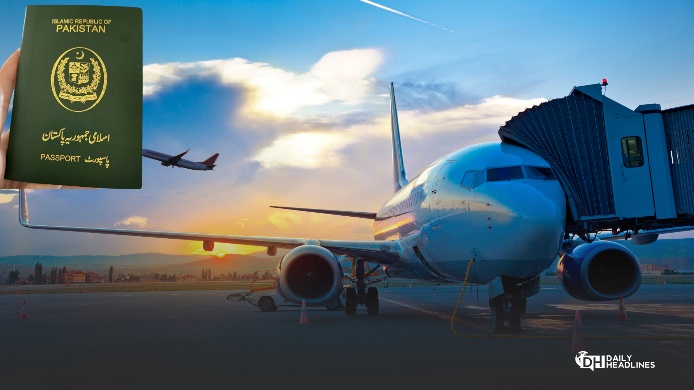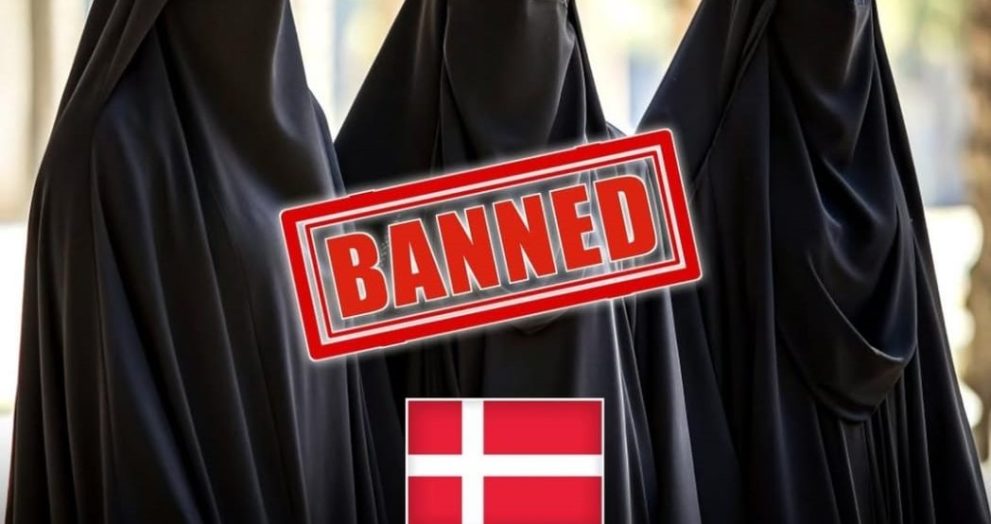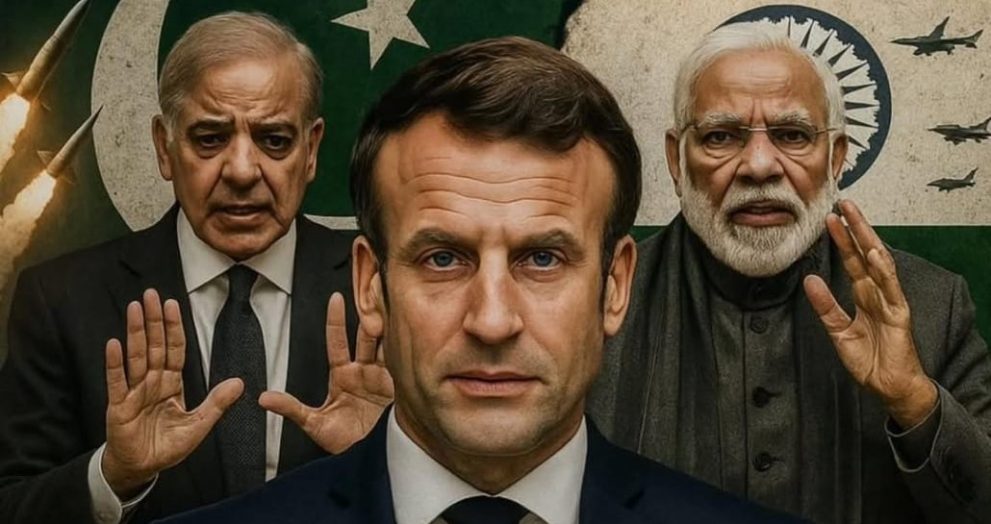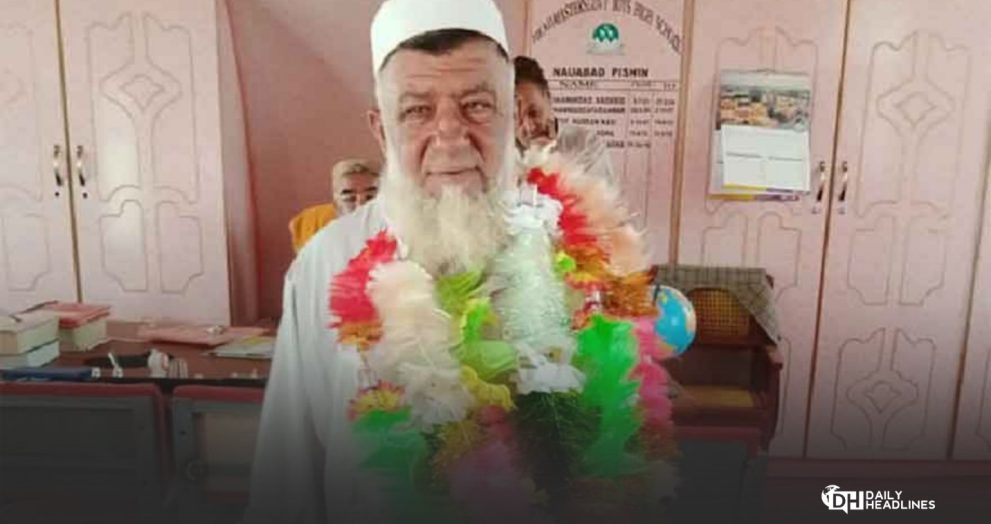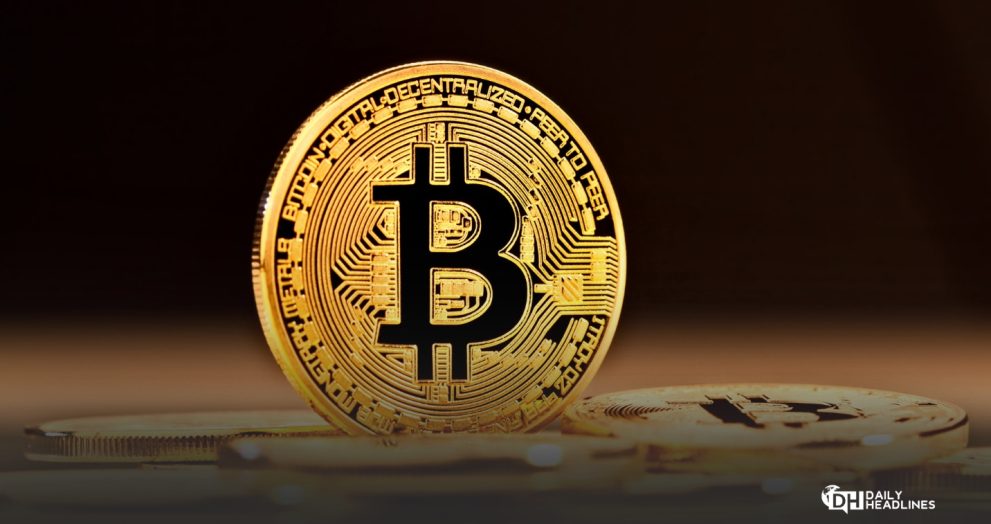More than 336,000 Pakistanis Land Jobs Abroad in 2025’s First Half
In a promising development for Pakistan’s workforce and economy, 336,999 Pakistani workers secured abroad jobs between January 1 and June 30, 2025, according to the Bureau of Emigration and Overseas Employment (BEOE). This data marks a steady upward trend in overseas employment as the government continues to implement effective job export policies. The BEOE, functioning under the Ministry of Overseas Pakistanis and Human Resource Development, has been instrumental in channeling job seekers into international markets. A senior official from the department told APP that the rising number of workers going abroad is a direct result of strategic government initiatives aimed at opening employment avenues for both skilled and unskilled workers. The official added that abroad jobs remain a critical sector for economic growth, reducing domestic unemployment and strengthening the country’s foreign remittances – a key component of Pakistan’s financial system. Since its establishment in 1971, the BEOE has facilitated overseas employment for over 10 million Pakistani citizens. These figures are meticulously documented to assist with national labor policies and economic planning. The historical peak in job migration was recorded in 2015, when over 946,000 Pakistani workers were deployed abroad. Currently, over 116,000 active job openings are listed for abroad jobs on the Bureau’s platform. These include positions in construction, healthcare, transportation, and services, primarily in the Middle East, Europe, and Asia-Pacific regions. In 2025, the importance of foreign employment has become more pronounced. With unemployment rates fluctuating due to global inflation and regional instability, abroad jobs offer Pakistani youth a lifeline to economic stability. The inflow of remittances generated by overseas workers not only supports individual households but also contributes to vital sectors such as debt repayment, import financing, infrastructure development, and poverty reduction. The government’s vision for 2025 includes expanding manpower export agreements with various nations. These Memorandums of Understanding (MoUs) help formalize legal migration channels and safeguard workers’ rights abroad. Regulatory Measures to Protect Pakistani Workers The BEOE operates as a regulatory and supervisory authority for overseas employment. It monitors the functioning of Overseas Employment Promoters (OEPs), grants licenses, manages direct employment cases, and ensures that all emigrants receive mandatory insurance coverage through the State Life Emigrants Insurance Fund (SLEIF). Furthermore, the Bureau’s seven regional Protectorates of Emigrants conduct mandatory pre-departure briefings, providing workers with essential information about legal rights, host country regulations, and financial literacy. The first half of 2025 has shown a healthy increase in the number of Pakistani workers benefiting from abroad jobs, a trend expected to continue in the coming months. With the government’s continued efforts, more employment opportunities are anticipated, bringing hope to thousands of families across the country. For job seekers and policymakers alike, the abroad jobs sector remains a cornerstone of economic resilience and growth for Pakistan in 2025.


